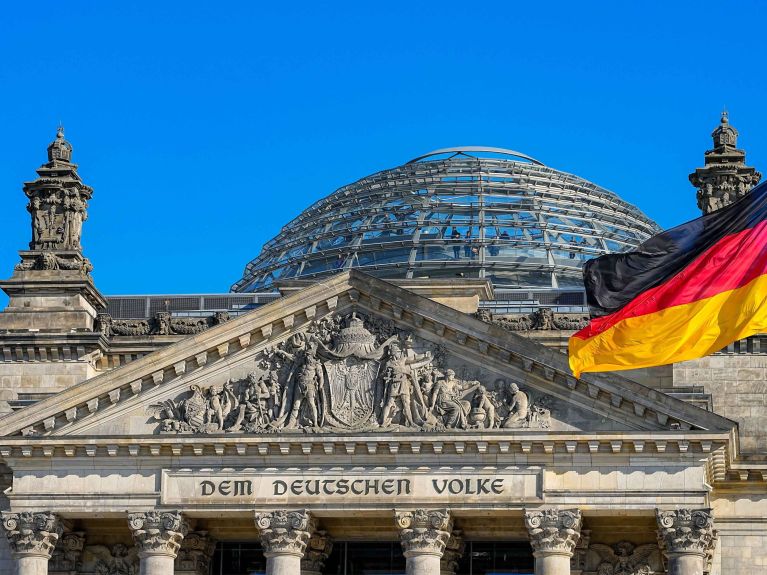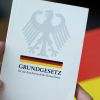75 years of the Federal Republic of Germany: looking back in pictures
Basic Law, the fall of the Wall, reunification, European integration, the United Nations and football festivals: looking back over 75 years of German democracy.

Four years after the end of the Second World War, on 23 May 1949, the signing of the Basic Law marked the founding of the Federal Republic of Germany. In 2024, Germany is celebrating 75 years of freedom, peace and democracy – and taking a look back at historical moments and developments.
1949 – 1974
The new federal republic was founded as a parliamentary democracy with a federal structure of 16 states. It was one of the founding members of the European Union, joined NATO and experienced an economic boom. However, its first 25 years were dominated by the Cold War, as well as by a new Ostpolitik (policy towards the east) whose motto was “change through rapprochement”.
1975 – 1999
Following the peaceful revolution in the then German Democratic Republic (GDR), the Berlin Wall fell on 9 November 1989. Just under a year later – on 3 October 1990 – Germany celebrated its reunification. Berlin became the German capital, replacing Bonn as the seat of government and parliament.
2000 – 2024
In the new millennium, Germany experienced a “summer fairy tale” when it hosted the 2006 Football World Cup – Germany only became world champion for the fourth time in Brazil in 2014, however. In the battle against climate change, Germany is investing in an energy transition that will see the country switch to renewable energies. The Russian invasion of Ukraine marked a historic turning point for Germany, too.


